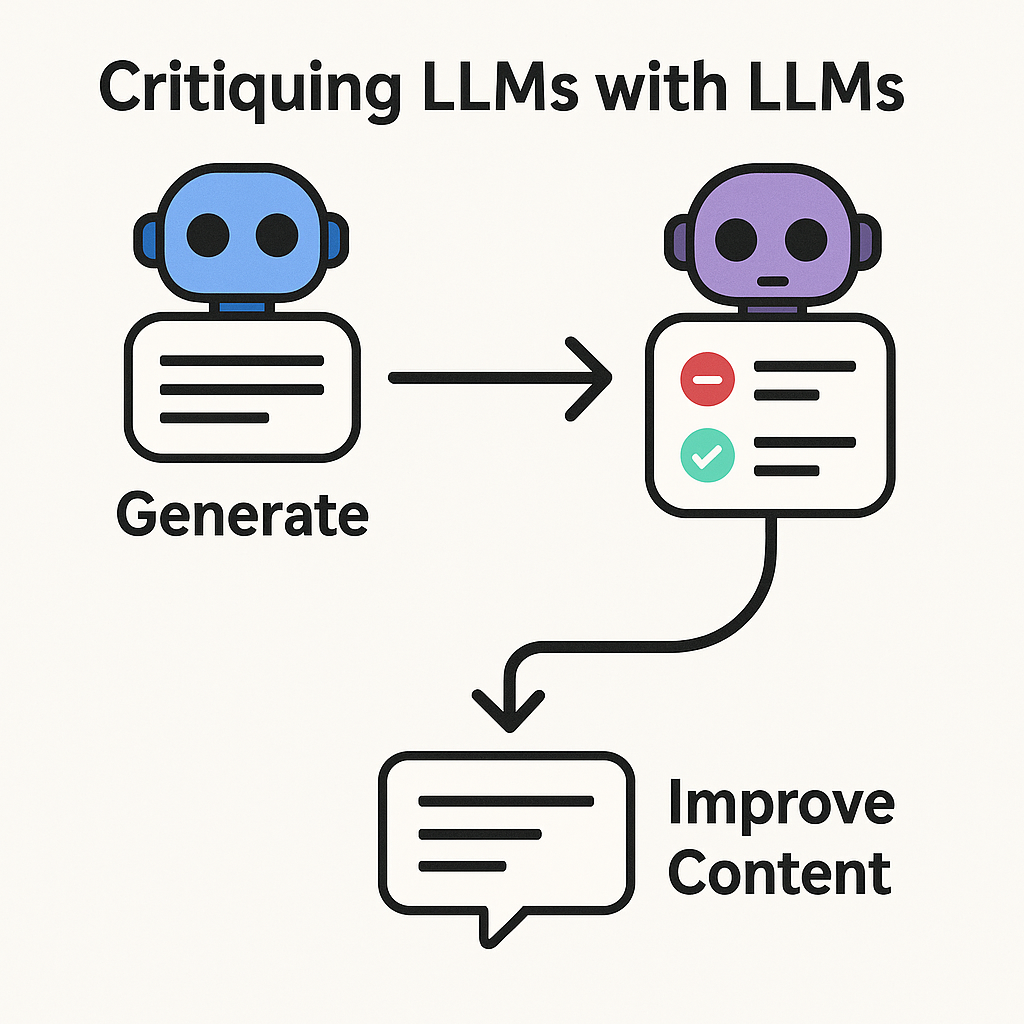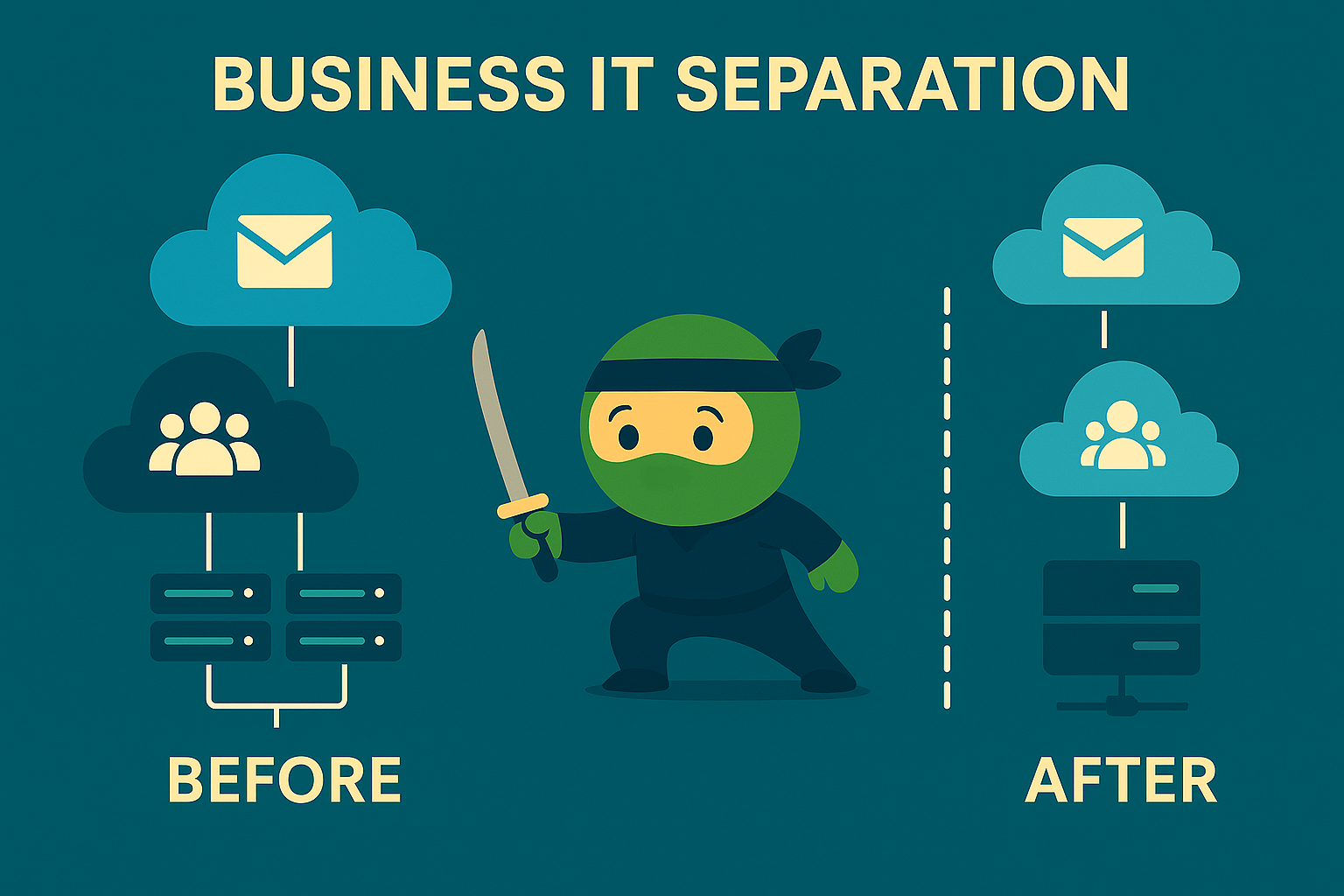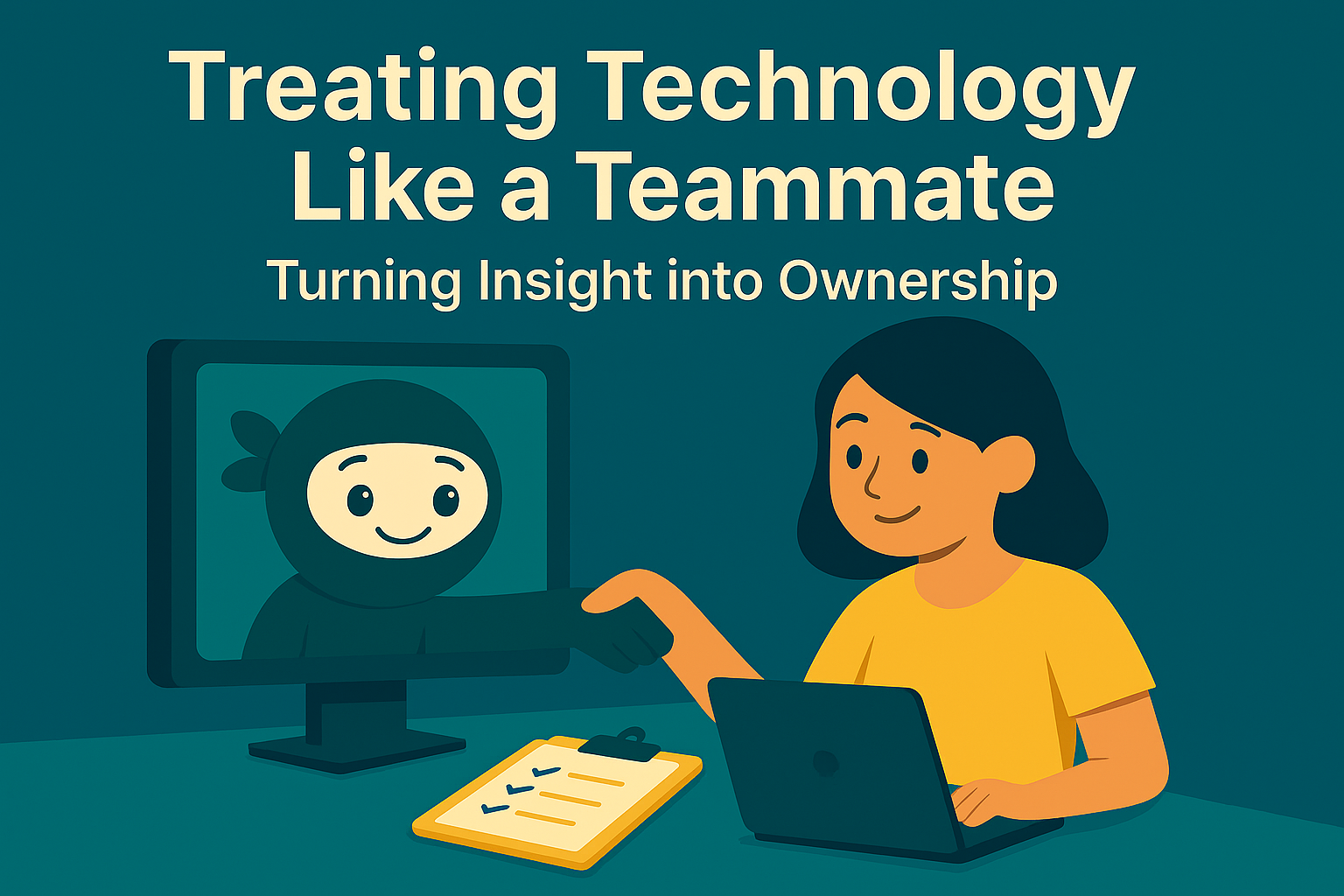The cloud isn’t always the smartest financial move, especially if you’re not selling uptime as a service.
Over the past decade, moving to the cloud has become the de facto standard for IT infrastructure. AWS, Azure, and Google Cloud offer scalability, redundancy, uptime guarantees, and a global reach that once seemed out of reach for all but the largest enterprises. But as the dust settles and cloud adoption becomes ubiquitous, it’s time for a serious question:
Is the cloud still the best value for your business?
The Cost Creep No One Talks About
Cloud costs have risen sharply in recent years. Storage pricing, egress fees, and compute time have all seen incremental increases that often go unnoticed until the monthly invoice arrives. Let’s not forget, cloud pricing is designed to be frictionless going up. Scaling back? That takes real work.
Meanwhile, hardware costs have plummeted. Why? Let’s look at Moore’s Law.
You’re Subsidizing the Cloud’s Real Customers
Cloud providers love to advertise their innovation flywheel: AI platforms, serverless compute, Kubernetes as a service, auto-scaling machine learning pipelines, real-time stream processing, the list goes on. These are powerful tools, and for companies that need them, they can be transformative.
But here’s the truth: most mid-market businesses don’t use any of that.
Most are running traditional workloads:
- A few Windows or Linux virtual machines
- A basic SQL Server or MySQL database
- A line-of-business app or internal dashboard
That’s it. And these workloads, the plain old virtual machines, are among the highest-margin services cloud providers offer. If you’re not leveraging the exotic stuff, you’re not getting the benefit of cloud innovation, you’re just subsidizing it.
Think of it this way: every time a cloud provider rolls out a new GPU cluster or a serverless feature, the cost of running your basic VMs doesn’t go down. In many cases, it goes up because infrastructure costs and R&D spend have to be covered somewhere. That “somewhere” is you.
So if your company isn’t tapping into advanced cloud-native capabilities, why are you still paying hyperscale prices?
Moore’s Law and the Falling Cost of Hardware
Moore’s Law is the observation, first made by Intel co-founder Gordon Moore in 1965, that the number of transistors on a microchip doubles roughly every two years while the cost per transistor falls.
In plain terms: computing power gets exponentially better, and exponentially cheaper, over time.
This principle has held remarkably true for decades and explains why:
- The smartphone in your pocket is more powerful than supercomputers from the early 2000s.
- A $3,000 server today can outperform a $30,000 server from just 5–7 years ago.
- Storage prices per terabyte have dropped by orders of magnitude.
In contrast, public cloud providers are not passing those savings on to customers. In fact, in many cases, their pricing models obscure rising costs through opaque SKUs and bundled services.
The Value of the Cloud And Its Limits
Let’s be clear: the cloud has tremendous value. If you’re running a SaaS platform with high-availability SLAs, real-time failover, or global user distribution, the cloud is likely your best option. It’s built for companies that need instant scalability, guaranteed uptime, and distributed infrastructure.
But that’s not most businesses.
Law firms. Insurance brokers. Food distributors. Mid-market manufacturers. These organizations aren’t selling availability, they’re selling legal services, policies, food, or goods. Their customers don’t care if the quoting system is globally redundant. They just need it to work during business hours.
So why are these companies paying a premium for infrastructure designed to support Netflix?
Bringing Servers Back
The stigma around on-prem or hybrid infrastructure is fading fast. With lower-cost, high-performance hardware and modern hypervisors, it’s now entirely realistic for many businesses to colocate or even run their servers in-house. Setup, patching, and maintenance can be streamlined with today’s tools—often at a fraction of the cost of monthly cloud bills.
And the benefits are hard to ignore:
- Predictable, flat hardware costs
- No egress or surprise usage fees
- Full control over performance and configuration
- Dramatic cost savings over time
Not Your Old FlexPod Stack
Let’s be clear: we’re not suggesting a return to the bloated, overpriced era of FlexPod architectures, those legacy stacks made up of Cisco UCS servers, NetApp storage, and VMware licensing that could easily hit six figures before you even powered them on.
Back then, building your own “private cloud” meant massive capital investment, specialized staff, and long provisioning cycles.
That’s no longer the case.
Today, the same commodity hardware that powers hyperscalers is widely available and affordable. You can build highly functional private infrastructure using:
- Bare metal servers from Supermicro, Dell, or Lenovo
- Open-source or low-cost hypervisors like Proxmox, XCP-ng, or TrueNAS Scale
- Fast NVMe storage and high-throughput networking
- Lightweight orchestration tools that don’t require expensive licensing or support contracts
In fact, for many businesses now staring down rising VMware costs and licensing uncertainty, the opportunity to exit both the cloud and the hypervisor tax has never been more compelling.
This isn’t about nostalgia. It’s about regaining control over your infrastructure and your budget without sacrificing capability, performance, or scalability.
The Real Question: Who Needs 99.999%?
There was a time when the saying went, “Nobody gets fired for buying IBM.” Today, it’s more like “Nobody gets fired for choosing AWS.” But in both cases, the implication is clear: playing it safe means playing it expensive.
It’s time we stop conflating “modern” with “cloud.” The modern choice is the right one, not the trendiest. And for many companies, that might just mean moving out of the cloud.





